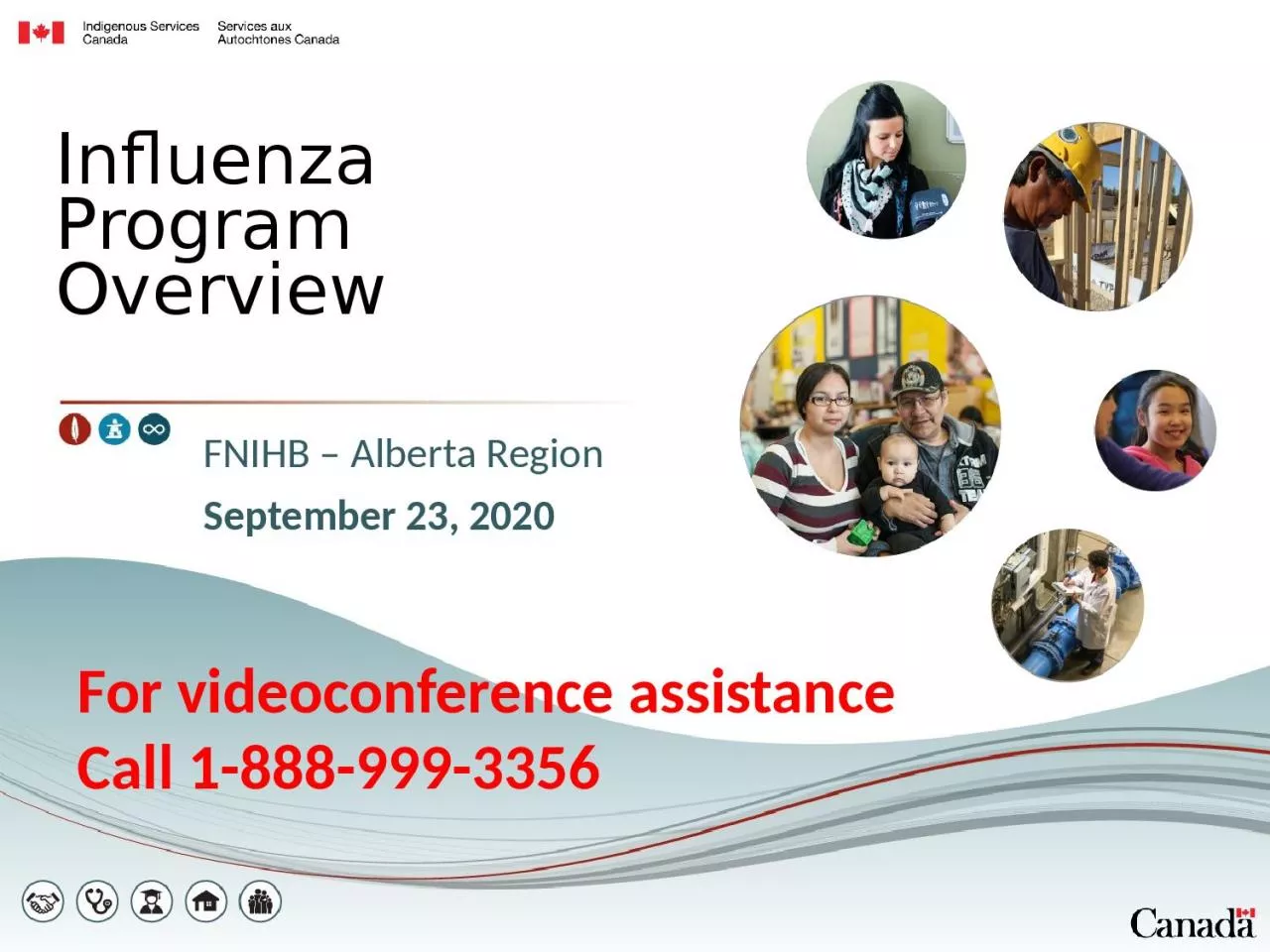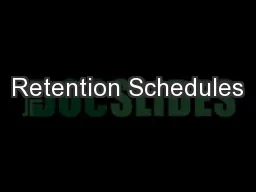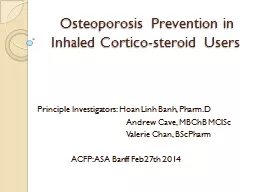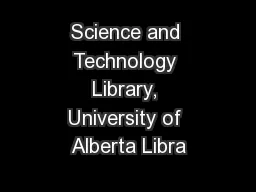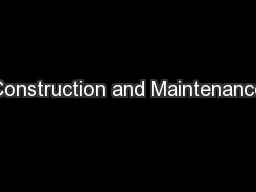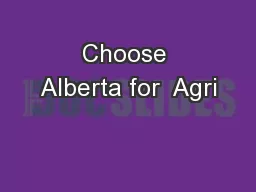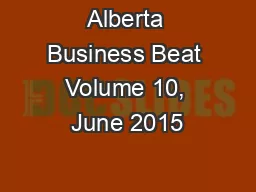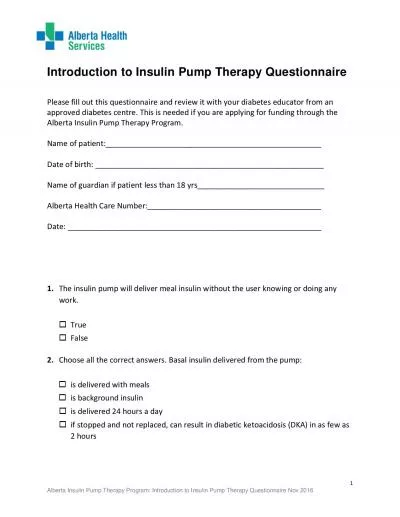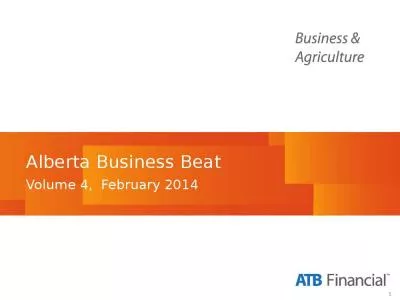PPT-FNIHB – Alberta Region
Author : jacey | Published Date : 2024-03-13
September 23 2020 Influenza Program Overview For videoconference assistance Call 18889993356 Reminder This videoconference will be recorded September 2020 2 Land
Presentation Embed Code
Download Presentation
Download Presentation The PPT/PDF document "FNIHB – Alberta Region" is the property of its rightful owner. Permission is granted to download and print the materials on this website for personal, non-commercial use only, and to display it on your personal computer provided you do not modify the materials and that you retain all copyright notices contained in the materials. By downloading content from our website, you accept the terms of this agreement.
FNIHB – Alberta Region: Transcript
Download Rules Of Document
"FNIHB – Alberta Region"The content belongs to its owner. You may download and print it for personal use, without modification, and keep all copyright notices. By downloading, you agree to these terms.
Related Documents

